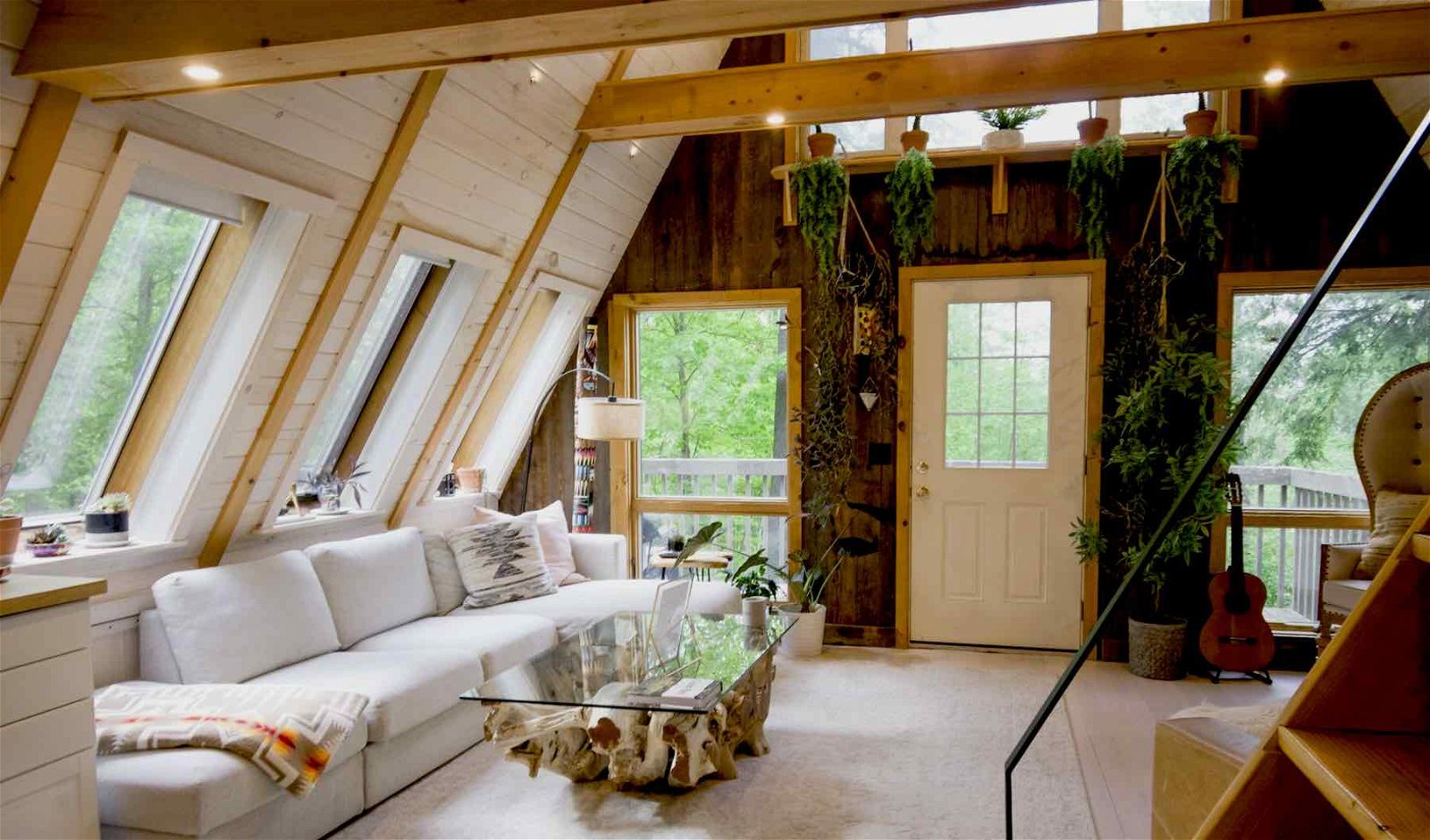Biophilic design has become popular in recent years due to the beauty and instinctive human connection with nature it offers. These designs not only create visually stunning spaces but also have a profound impact on our mental and physical health. Imagine buildings that come to life, where natural light dances on every surface and indoor spaces seamlessly blend with the outdoors.
However, biophilic design does more than look good; it reduces stress, improves focus, and uplifts our mood, creating environments that nourish our essence.
Here, we will explore this new architectural revolution, uncovering the psychological and health benefits and the types of biophilic designs being implemented.
What is Biophilic Design?
Biophilic design is an innovative concept in modern architecture and interior design. It focuses on integrating natural elements into our built environment, harnessing our innate connection with nature to create spaces that enhance our well-being.
Biophilia Hypothesis
At its core is the Biophilia Hypothesis, coined by biologist E.O. Wilson, which suggests that humans have an intrinsic and intuitive connection with the natural world. It explains why we find solace in nature, feel reenergized in a garden, and are drawn to the soothing sound of rustling leaves.
Biophilic design applies the biophilia hypothesis to architectural and interior spaces. It intentionally incorporates elements of nature to improve mental and physical health.
Types of Biophilic Designs
Biophilic designs are architectural and interior design concepts that integrate elements of nature into man-made spaces. This approach enhances the aesthetics and creates environments that foster well-being. Here are some ways biophilic designs work their magic:
- Natural light: One of the fundamental aspects of biophilic design is incorporating natural light. Sunlight streaming through windows can create a warm and inviting atmosphere, reducing stress and increasing productivity.
- Indoor plants: Incorporating plants into your home or workspace can profoundly impact your mental and physical health. These plants are beautiful decorations that help purify the air, reduce pollutants, and increase oxygen levels.
- Nature-inspired patterns: From the colors on your walls to the patterns on your furniture, nature-inspired design elements can evoke feelings of calmness and tranquility.
- Natural materials: Using natural materials like wood and stone in architectural design enhances aesthetics and connects its occupants with the tactile, sensory experiences of the natural world.
These are just a few examples of how biophilic designs use nature to create spaces that improve our mood. They can involve a small addition of plants to a room or the large-scale incorporation of natural elements into an entire building.
The Impact on Our Psychology
Incorporating elements from nature allows biophilic designs to help create a sense of connection that can make us feel more at ease with our surroundings. Here are some psychological benefits of embracing biophilic designs in our living and working spaces:
- Stress reduction: Exposure to nature, even in the form of pictures or indoor plants, has been linked to reduced stress levels. It can help lower cortisol, a stress hormone, leading to a more relaxed state of mind.
- Improved concentration: Biophilic elements in your environment can boost your ability to focus and concentrate. This is particularly valuable for students and professionals looking to enhance their productivity.
- Enhanced creativity: Nature-inspired surroundings can stimulate your creative thinking. It’s no wonder why artists often seek inspiration in natural landscapes.
- Happiness and well-being: Biophilic designs can significantly contribute to an overall sense of happiness and well-being. The connection to nature can improve your mood and provide a sense of fulfillment.
Embracing biophilic design in our living and working spaces can significantly impact our psychological health. But the benefits don’t stop there; there are also health benefits to consider.
Impact of Biophilic Design on Health
Beyond improving mental well-being, biophilic design can also play a substantial role in enhancing physical health. These are some of how nature-based designs impact our well-being:
- Indoor air quality: Our indoor environments can be filled with pollutants and allergens. Biophilic designs incorporating air-purifying plants can substantially improve indoor air quality, lowering the risk of respiratory issues and allergies.
- Air pollution and mental health: It’s crucial to recognize the adverse effects of air pollution on our mental health. Constant exposure to polluted air can lead to increased stress, anxiety, and even depression. Biophilic designs that promote cleaner air can mitigate these harmful effects.
- Restorative environments: Biophilic design can create spaces that allow for mental restoration. These environments provide opportunities for relaxation and reflection, which are essential for well-being. It is also important to mention that these natural designs affect plants by providing them with a suitable environment to thrive and grow.
- Connection to nature: Our disconnection from the natural world in urban environments can lead to “nature deficit disorder,” which can adversely affect our physical and mental health. Biophilic designs counter this by incorporating natural elements, promoting a connection to nature.
These positive impacts on our health are a bonus that will help us live harmoniously with nature.
The Future of Biophilic Design
Biophilic design is not just a passing trend but an essential element in architecture and interior design. Architects and designers continue to innovate and find ways to integrate nature into our built environments seamlessly.
Advanced Technology
Technology is playing a role in enhancing biophilic design. Smart systems can optimize lighting, climate control, and even water features to mimic natural conditions. These advancements can help create more sustainable and energy-efficient designs.
Biophilic Communities
Entire communities are being designed with biophilia in mind. This includes urban planning incorporating green spaces, natural water features, and sustainable building practices. The goal is to create individual spaces and entire neighborhoods that promote a deep connection with nature.
Wellness Architecture
The concept of wellness architecture is also gaining momentum. Its focus is designing spaces promoting physical, mental, and emotional well-being. Wellness architects are often in charge of creating environments that will help facilitate these healthier lifestyles by combining functionality with biophilic design.
As architects continue exploring biophilic design possibilities, we can look forward to more sustainable environments that retain modern conveniences. Given its promising impact on our mental and physical health, the future of biophilic design is bright.
Amanda Winstead is a freelance science and technology writer. Follow her work online at her website.

